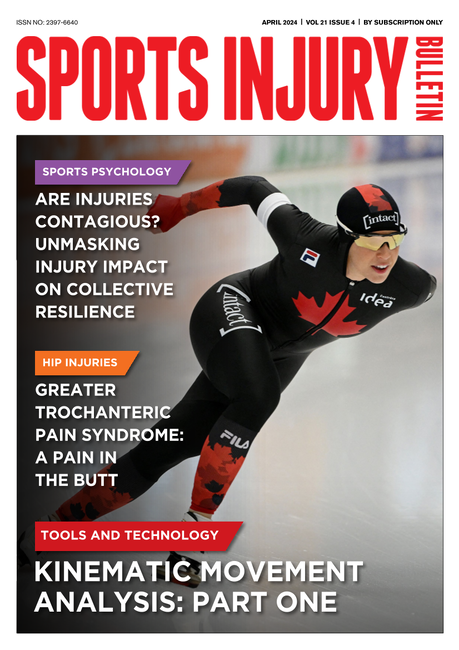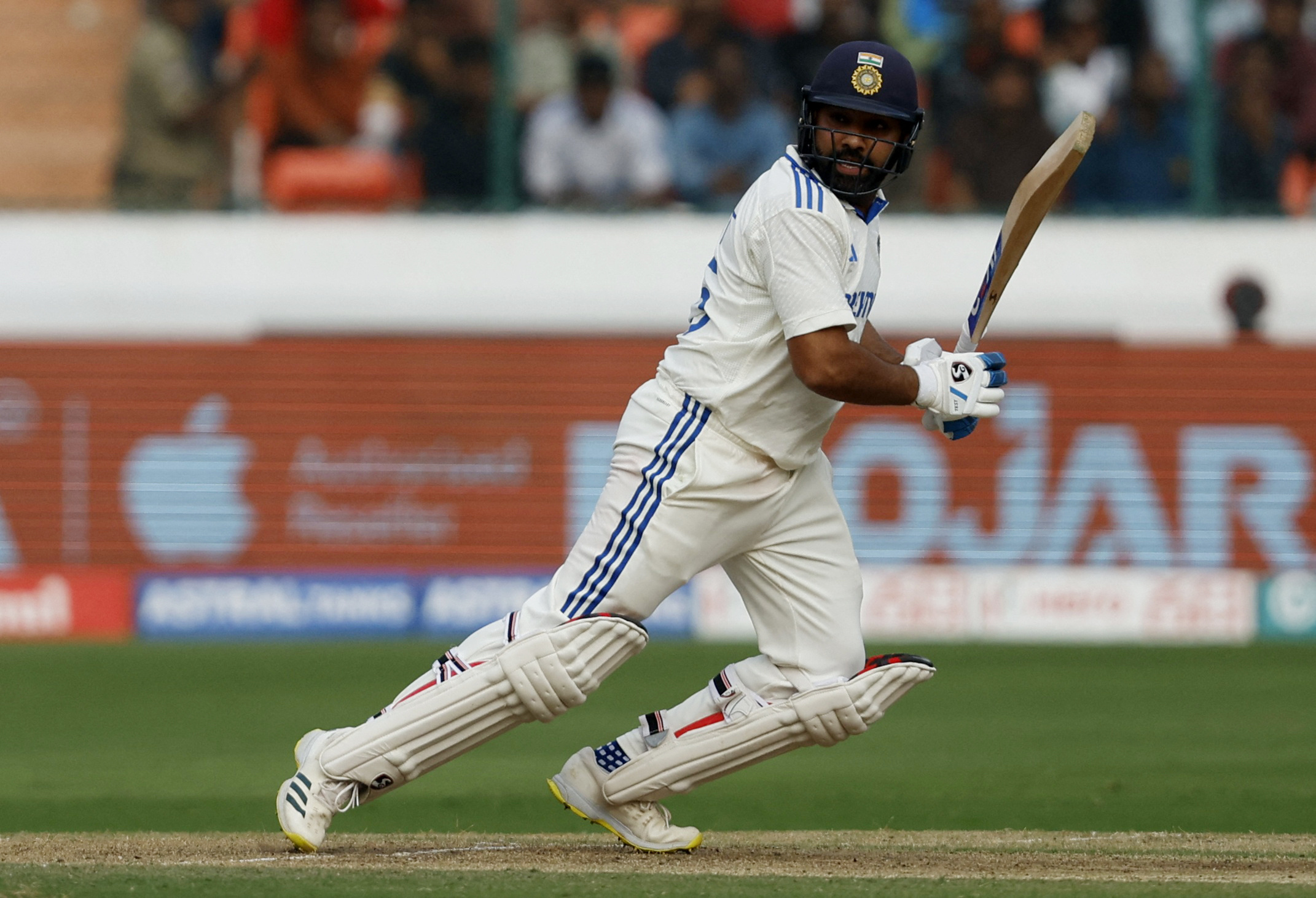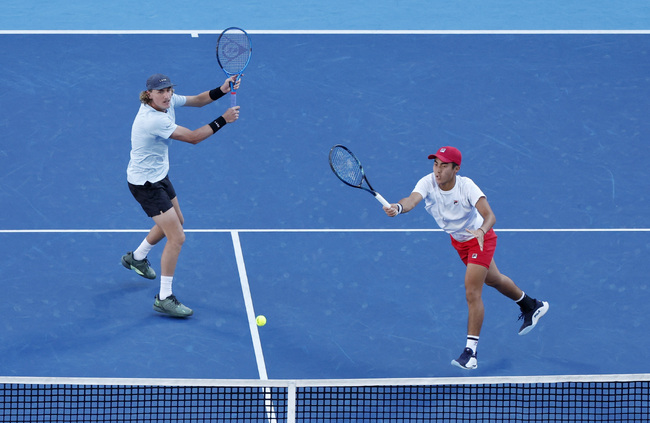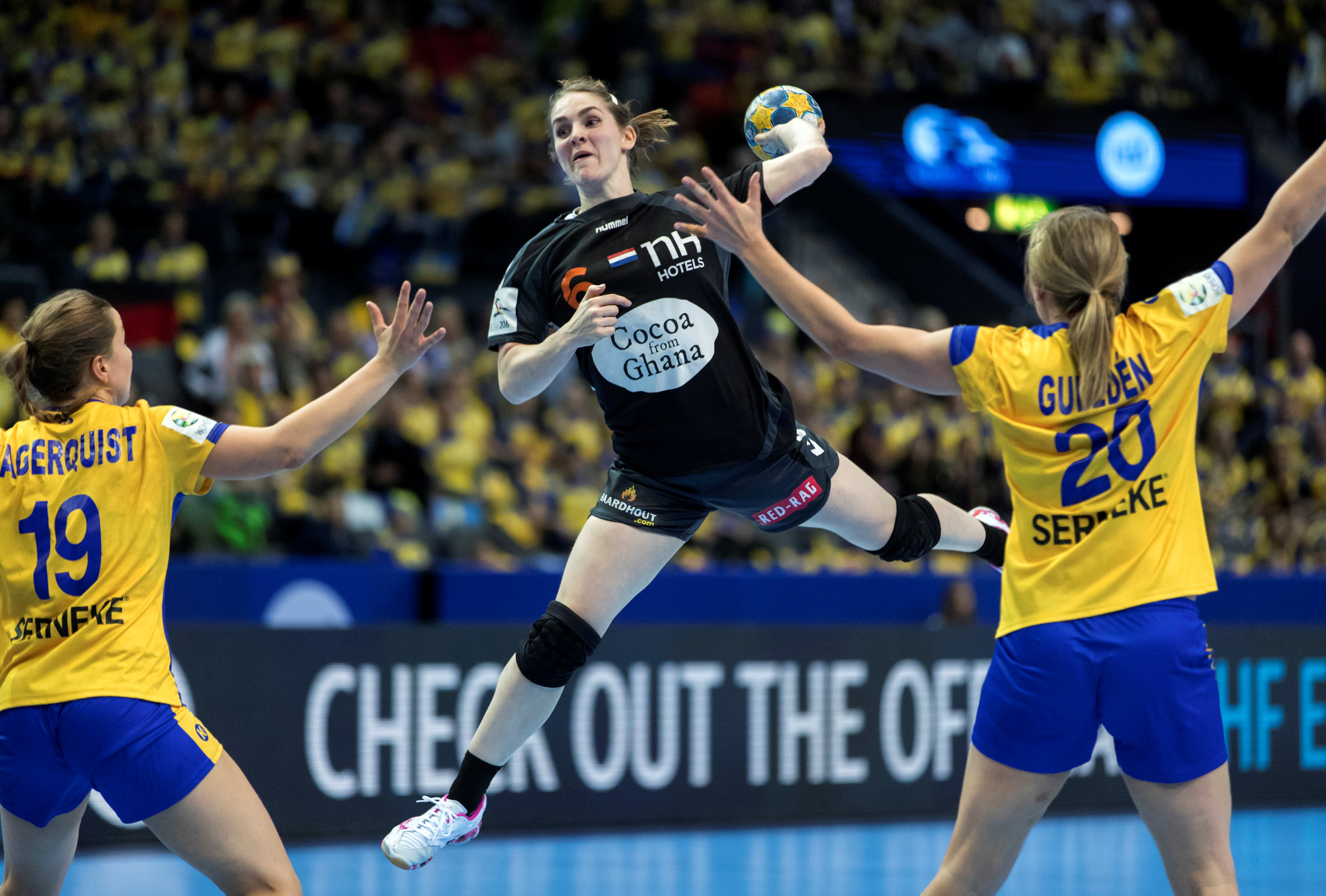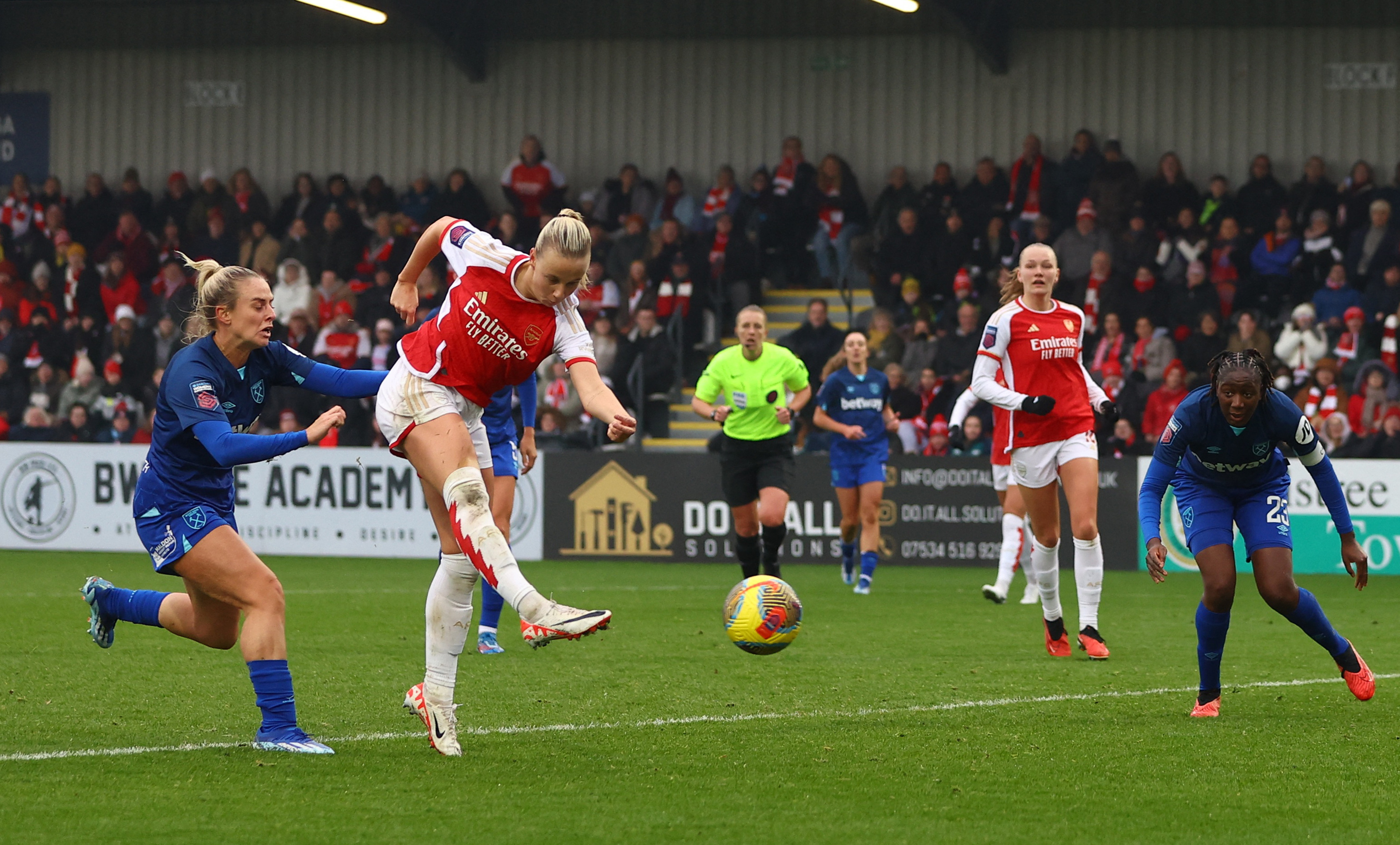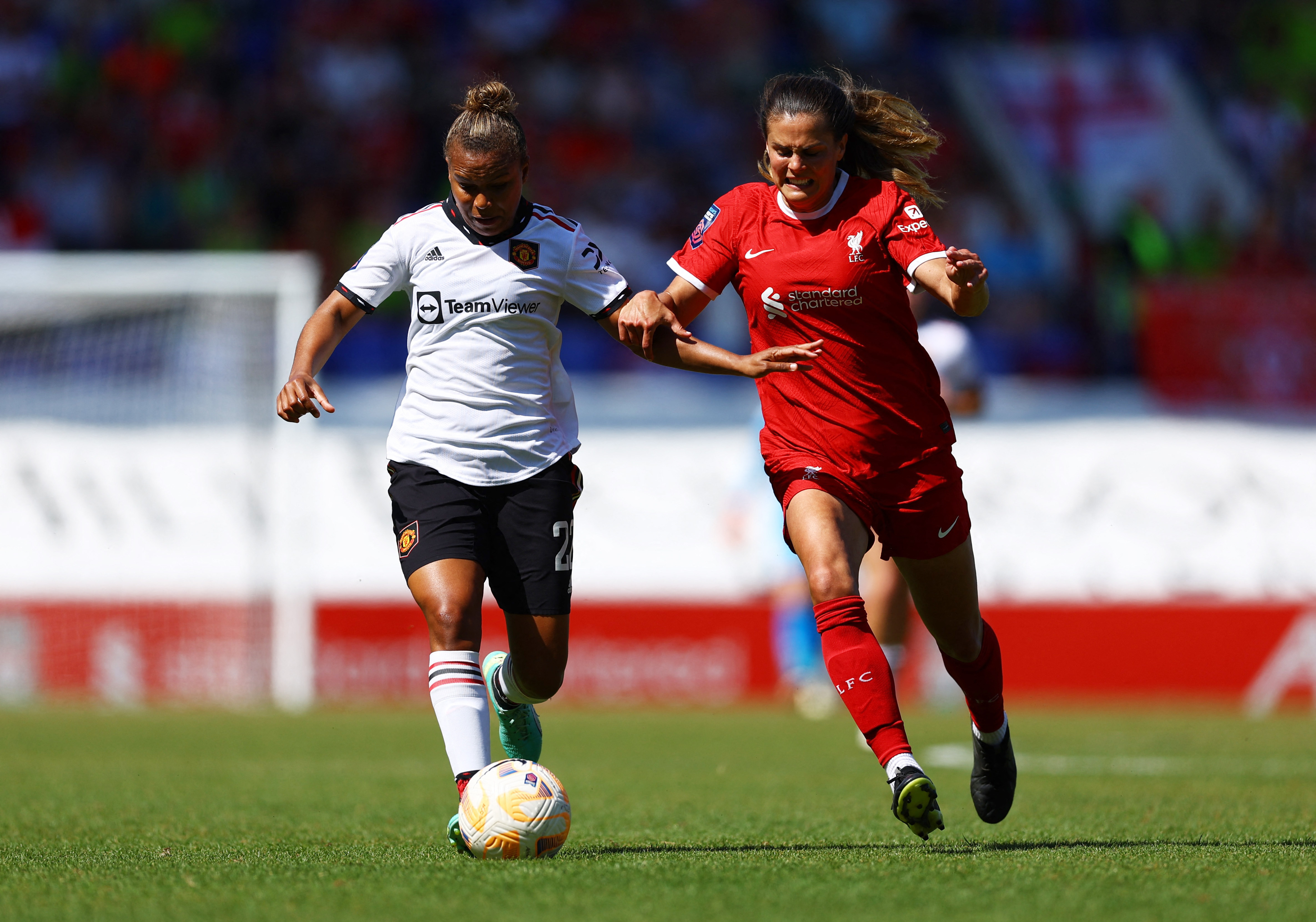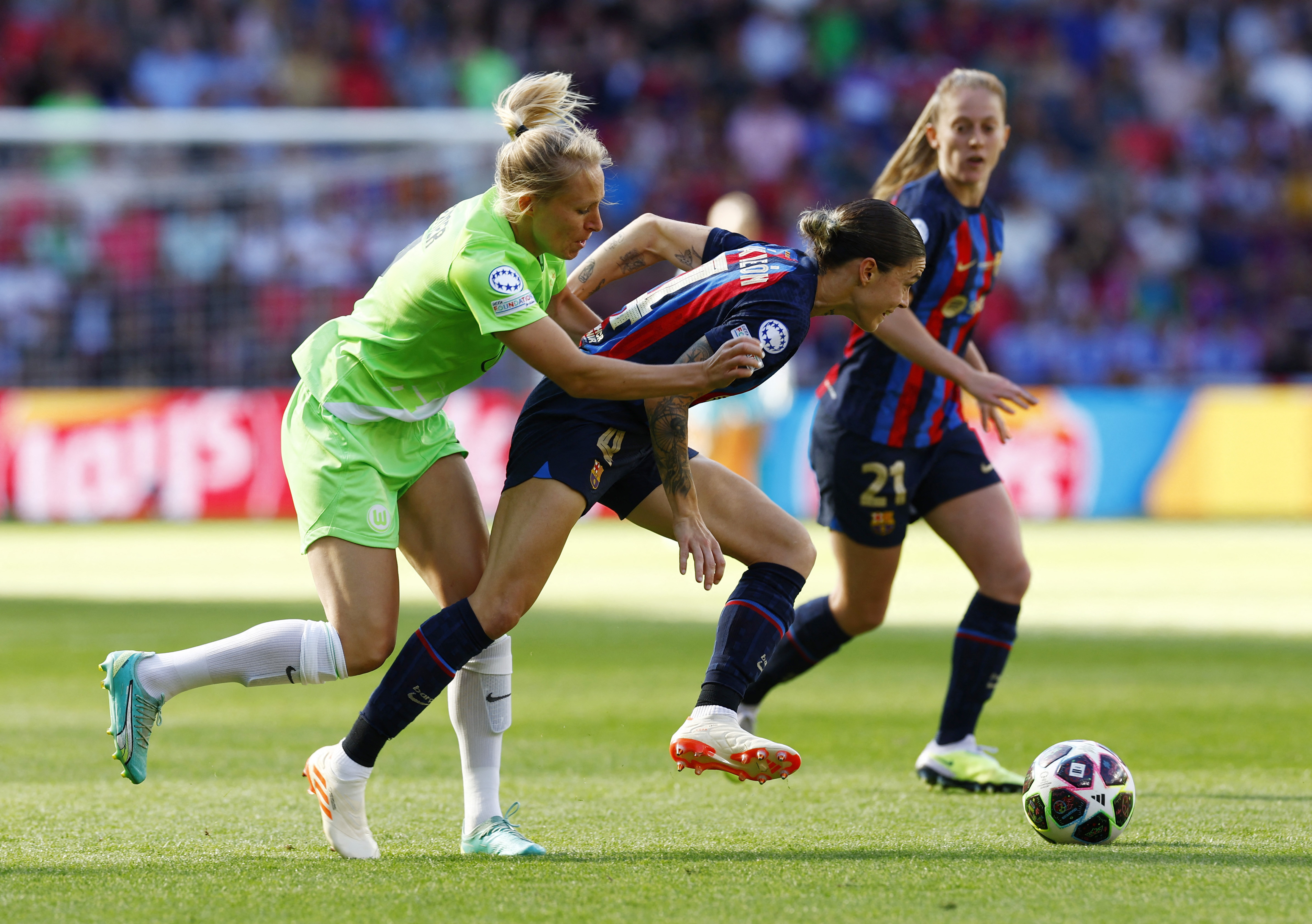Injuries among male and female amateur rugby players: what do the numbers say?
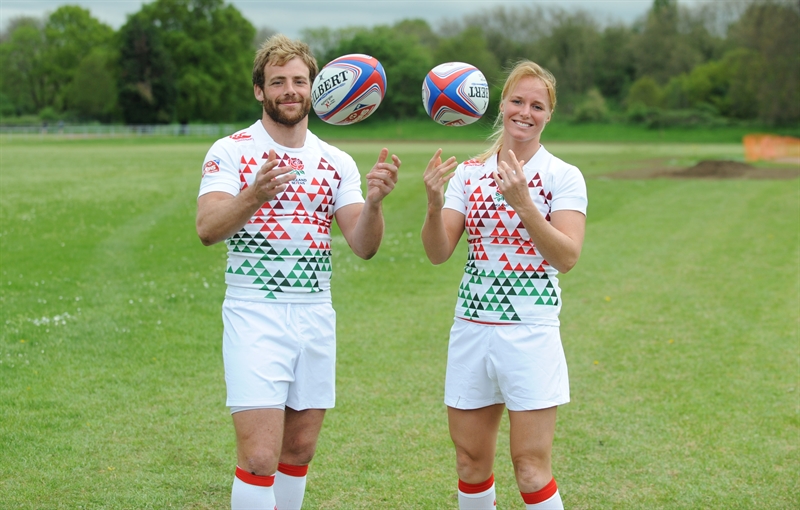
Paper Title: Injury Trends in Irish Amateur Rugby: An epidemiological comparison of men and women
Publication: Sports Health
Publication date: March 2021
INTRODUCTION
Despite its collisional nature and high injury incidence rate (IIR), rugby union is a popular global sport. Males and females play the sport at professional, semi-professional, and amateur levels. Although research exists to understand the IIR in amateur male athletes, it is limited to the elite level among female cohorts. However, there are gender-related differences in patterns of injury and risk. This paper described the incidence, nature, and severity of match-related injuries among Irish male and female amateur rugby players.
METHODOLOGY
Investigators conducted injury surveillance on 959 male and 234 female players competing in All Irish League clubs over two seasons. Investigators categorized match-related injuries as time-loss, i.e., resulted in non-participation of one or more training sessions or matches or non-time loss injuries. In addition, auxiliary medical staff, such as the team doctor or physiotherapist, recorded the body area, nature, time of occurrence, and mechanism of injury.
RESULTS AND CLINICAL IMPLICATIONS
The results of the study demonstrate that males present with a greater IIR (49.1/1000 players hours) than females (35.6/1000 players hours). Female athletes are at greater risk in the second half than males in the third quarter of the game. The tackle and break-down present the main area where both genders sustain injuries, with tackle technique the most likely reason. Soft tissue injuries are common in both genders, and both demonstrate a high incidence of concussion and ankle ligament-related injury.
Investigators attribute the reasons for the difference in IIR to multiple factors:
- The anatomical and physiological differences between males and females.
- Females accelerate slower and experience lower collision forces.
- The fixture load is lower for females than males.
The study results highlight the need for strength and conditioning programs to reduce fatigue-related injuries among female players and half-time warm-up strategies warrant investigation among males. Investigators suggest that the current warm-up practices, load management, tackle technique coaching, and adequate preseason preparation are strategies that may mitigate the high IIR and burden of injury in rugby union. As the understanding of the demands of the sport at the different levels improves, the sports medicine fraternity can develop appropriate training and injury prevention programs.
You need to be logged in to continue reading.
Please register for limited access or take a 30-day risk-free trial of Sports Injury Bulletin to experience the full benefits of a subscription.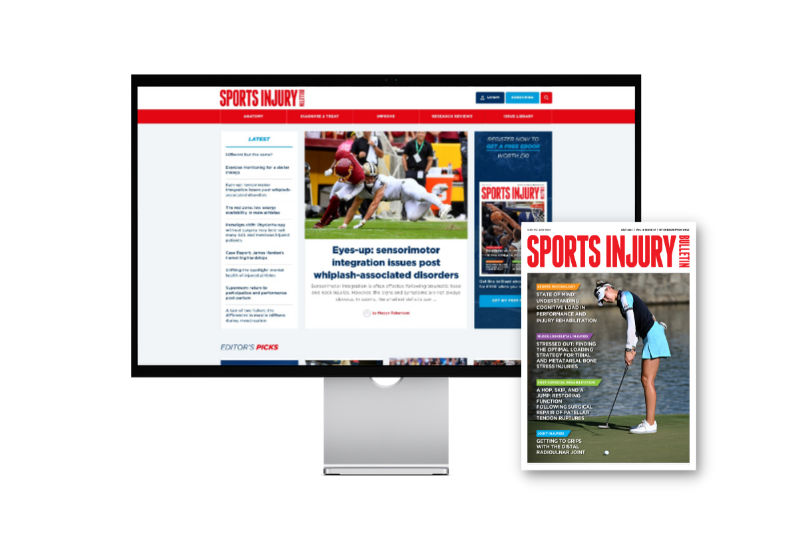 TAKE A RISK-FREE TRIAL
TAKE A RISK-FREE TRIAL
Newsletter Sign Up
Subscriber Testimonials
Dr. Alexandra Fandetti-Robin, Back & Body Chiropractic
Elspeth Cowell MSCh DpodM SRCh HCPC reg
William Hunter, Nuffield Health
Newsletter Sign Up
Coaches Testimonials
Dr. Alexandra Fandetti-Robin, Back & Body Chiropractic
Elspeth Cowell MSCh DpodM SRCh HCPC reg
William Hunter, Nuffield Health
Be at the leading edge of sports injury management
Our international team of qualified experts (see above) spend hours poring over scores of technical journals and medical papers that even the most interested professionals don't have time to read.
For 17 years, we've helped hard-working physiotherapists and sports professionals like you, overwhelmed by the vast amount of new research, bring science to their treatment. Sports Injury Bulletin is the ideal resource for practitioners too busy to cull through all the monthly journals to find meaningful and applicable studies.
*includes 3 coaching manuals
Get Inspired
All the latest techniques and approaches
Sports Injury Bulletin brings together a worldwide panel of experts – including physiotherapists, doctors, researchers and sports scientists. Together we deliver everything you need to help your clients avoid – or recover as quickly as possible from – injuries.
We strip away the scientific jargon and deliver you easy-to-follow training exercises, nutrition tips, psychological strategies and recovery programmes and exercises in plain English.


